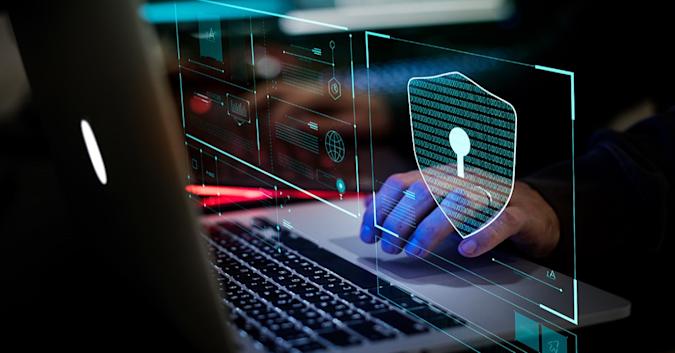Email Scams 2.0 – The Next Generation of Cyber Threats
Email scams, often referred to as phishing attacks, have evolved into a more sophisticated and dangerous iteration, aptly dubbed Email Scams 2.0. This next generation of cyber threats combines advanced social engineering techniques, artificial intelligence, and deep fake technology to create highly convincing and personalized attacks. Unlike traditional phishing emails that rely on generic messages and deceptive links, Email Scams 2.0 leverage extensive data mining and profiling to tailor their content to specific individuals. Attackers exploit information gathered from social media, leaked databases, and previous breaches to craft emails that mimic the tone, style, and context of legitimate communication. The use of artificial intelligence enhances the attackers’ ability to analyze and imitate the language patterns of targeted individuals, making it increasingly challenging for recipients to discern between genuine and malicious messages. One notable characteristic of Email Scams 2.0 is the integration of deep fake technology, enabling attackers to manipulate audio and video elements within emails.

By mimicking the voices and appearances of trusted figures, such as executives or colleagues, cybercriminals can deceive recipients into taking actions they would not normally consider. These deep fake-enhanced emails may include seemingly urgent requests for sensitive information, financial transactions, or even the execution of malicious code. As a result, the psychological impact on targeted individuals is heightened, as the visual and auditory elements contribute to a false sense of familiarity and trust. Furthermore, check email for scams are characterized by their multi-stage and adaptive nature. Cybercriminals employ machine learning algorithms to continuously refine their tactics based on the recipient’s responses and behavior. This adaptability allows attackers to bypass traditional security measures, as the emails evolve in real-time to exploit vulnerabilities and counteract defensive mechanisms. Additionally, these scams often involve more covert methods of infiltration, such as leveraging zero-day vulnerabilities or employing advanced persistent threats APTs, making them harder to detect and mitigate.
To combat Email Scams 2.0, organizations must adopt a comprehensive approach that combines advanced email filtering technologies with employee training programs focused on recognizing evolving threat patterns. Implementing robust multi-factor authentication and regularly updating security protocols are essential to safeguard against these dynamic cyber threats. Additionally, collaboration between cybersecurity professionals, law enforcement agencies, and technology companies is crucial to stay ahead of the rapidly evolving tactics employed by cybercriminals. As individuals, it is imperative to remain vigilant, exercise caution when interacting with emails, and report any suspicious communication promptly. The landscape of email scams has entered a new era, and addressing these sophisticated threats requires a proactive and collaborative effort from both individuals and the cybersecurity community at large.